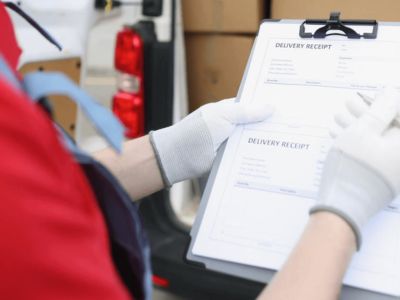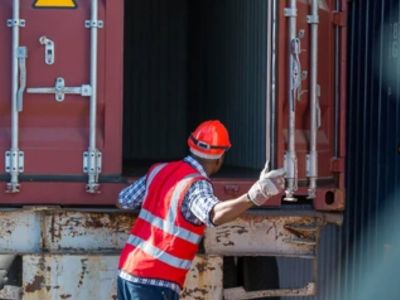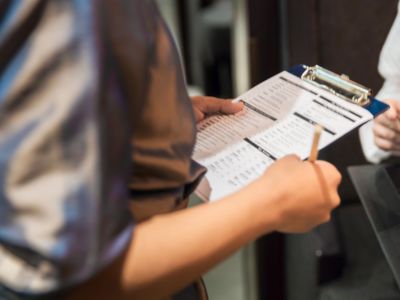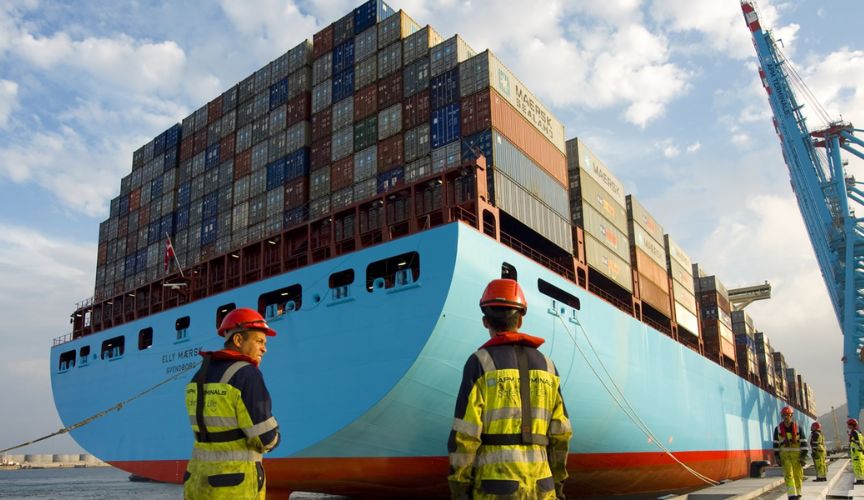Ensuring your shipped goods meet quality standards is crucial in supply chain management. Whether you're a manufacturer, supplier, or logistics professional, knowing how to inspect shipments is key for product integrity and compliance.
In this guide, we'll break down the steps of effective shipment inspection, helping you simplify the process and boost your supply chain's efficiency.
7 Steps of Shipment Inspection
Stage 1: Preparing For Inspection

1. Documentation Review
Before checking the goods, make sure all paperwork is good to go. This means packing lists, shipping info, and certificates. Check that everything matches what the supplier said and follows international trade rules.
2. Communication with Stakeholders
Talk openly with everyone involved in shipping. This means suppliers, logistics partners, and regulatory authorities. Share when inspections are in process, what's needed, and any special instructions for a smooth process.
Stage 2: Setting Inspection Criteria

1. Defining Inspection Parameters
Be clear about what to check during the shipment inspection. This means following product specs, industry rules, and regulations. Check things like size, weight, packaging, and safety to keep inspection results consistent.
2. Creating an Inspection Checklist
Make a detailed checklist for inspection. It should cover everything important for the shipment. Customize it based on what the products need. Include things like looking closely, measuring, testing how things work, and any other checks your goods need.
Stage 3: Selecting Inspection Methods

1. Visual Inspection
Start by looking at the goods. Check how they look overall. Inspectors see if there's any visible damage to the packaging or products. This step gives a general idea before getting into more detailed checks.
2. Sampling and Testing
Sometimes, instead of checking everything, we test a small group to represent the whole batch. This is common when checking everything is too hard. We pick samples randomly and do detailed tests, like checking quality, and performance, or doing lab analyses.
3. Measurement And Verification
Getting measurements right is important in shipment inspection. Inspectors use special tools to measure things like size and weight. This makes sure that what's received matches what was written down and follows the standards everyone agreed on.
Stage 4: Conducting the Inspection

1. On-Site Inspection
When checking things physically, like at a factory or warehouse, being there in person is very important. Inspectors watch how goods are handled, check where they're stored, and talk to people for more info. This is extra crucial for complicated or expensive shipments.
2. Quality Control Checks
Check the quality of goods carefully using the shipment inspection checklist. Look at how products are finished, see if there are any problems, and make sure everything meets the quality standards needed. Doing these quality checks helps keep things consistent and reliable in the supply chain.
Stage 5: Documenting Inspection Results

1. Detailed Reporting
Write down what you find during the inspection in a detailed report. Include everything important like the condition of goods, if they're different from what was agreed upon, and if they meet quality standards. This report is like a record that is involved and helps decide whether to accept or reject the shipment.
2. Photographic Evidence
Take pictures to go with the shipment inspection report. Photos show exactly how the goods look and any problems found. Images are like an important record.
Stage 6: Communication and Decision-Making

1. Immediate Communication
If you find big problems during an inspection, immediately inform the key individuals. Fast communication helps make quick decisions about whether to accept, reject, or fix the shipment.
2. Collaborative Decision-Making
Collaborate with crucial stakeholders such as suppliers and logistics partners to determine the appropriate course of action following the shipment inspection. This might mean talking about solutions, getting new items, or fixing problems that were found.
Stage 7: Post-Inspection Follow-Up

1. Continuous Improvement
Learn from what you find during the shipment inspection to make things better. This means making the checklist better, updating what we check, and improving how we talk to each other. Doing these improvements helps future inspections be faster and work even better.
2. Supplier Feedback
Gather information from suppliers regarding the benefits they derived from the inspection, and actively seek their feedback on any identified shortcomings to facilitate improvements. Clear communication about problems or things to get better builds a good relationship.
Conclusion
Shipment Inspection is a complex job needing careful planning and good communication. This guide helps businesses set up a strong system for shipment inspection goods, making sure they're good quality and follow the rules.
Whether a company has its team for this or works with others who do inspections, the aim is to make the checking process smooth and clear. This helps the supply chain work better overall.



